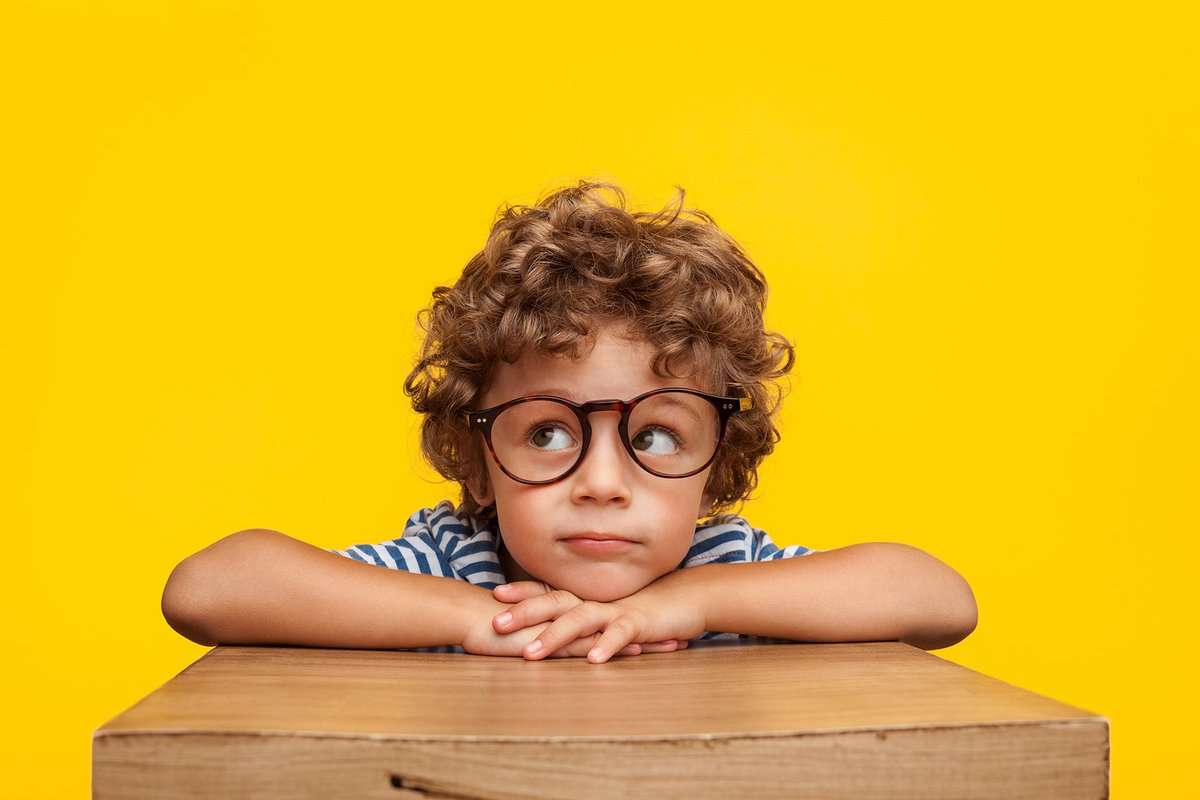Vision is an important aspect of our lives. Healthy vision starts when we are children and lingers throughout our adult lives. Good vision can make a significant difference in many aspects of your child’s life. For example, if a child cannot read a chalkboard or a book, he or she may do poorly in school. They may appear to be uninterested in social skills, reading, writing, learning, and even sports.
According to WebMD, “One out of every 4 kids has trouble with eyesight. Often, parents don’t know there’s a problem. That’s why all children should get regular eye exams.”
What Conditions can Affect my Child’s Vision?
Strabismus: Strabismus is a common childhood eye condition. This condition is often called misaligned eyes. Symptoms of this include the eyes not lining up or crossing of the eyes.
Treatment for this condition usually involves the placement of a patch to strengthen the eye muscles. Typically, there is no exact cause of this condition. Common causes can, however, include it being a hereditary condition, malfunctions of the nervous system or even stress.
This condition can also happen later in life. When it does, it will likely cause double vision and can be harder to treat.
Nearsightedness
If your child appears to be having problems seeing things far away, the likely culprit is nearsightedness, otherwise known as myopia. According to the National Eye Institute,
“myopia occurs when the eye grows too long from front to back. Instead of focusing images on the retina—the light-sensitive tissue in the back of the eye—the lens of the eye focuses the image in front of the retina. People with myopia have a good near vision but poor distance vision.”
People who are affected with myopia can typically read books and things close to their face, however, they cannot see things at a distance, which for a child could refer to projected images or chalkboards in the classroom. This could also prove to be problematic with sports.
Nearsightedness can be treated with glasses.
Farsightedness
Farsightedness is also known as hyperopia. This typically happens when the cornea of the eye is curved. People who are affected by this condition typically can see things far away but cannot read things close up. This would include study material and books for a child.
Hyperopia can be treated with eyeglasses.
There are other less common eye conditions that can affect the child as well, these include:
- Glaucoma
- Cataracts
- Retinoblastoma
Eye health starts at a young age. By finding an eye specialist, you can obtain help or additional information for people of all ages. Many people like to utilize services like those of the laser eye surgeons at Personal Eyes centre to treat a common eye condition for good. Be sure to explore all options for those in your family who suffer from any eye condition.
Tips to Keep Your Child’s Eyes Healthy
So, What can you do to keep your child’s eyes in the best condition possible?
Eat Right: Be sure to influence your child to eat right. It is a well-known fact that carrots are great for the eyes. Be sure to load up on vegetables like spinach and kale, and fish like salmon and tuna.
Exercise: Kids do not need to do sit ups and push ups, however, they should be up and moving. Playing outside, or sports in school is a great way to keep your kids moving. Keeping your child at a healthy rate will reduce the risk of diabetes and help keep their eyes healthy.
Be Vocal: Encourage your children to speak up if something changes in their vision. The longer time spent without treatment the harder it can be to correct.
Keep Germs Away: Be sure to encourage hand washing to keep germs away from the eyes.
Wear Eye Protection: Shielding the eyes during sports, chemistry class or even from the sun will protect your eyes when in a vulnerable situation.
Regular Examinations: Always be sure to get regular eye exams to ensure that your eyes remain in a healthy state.
You are reading Eye Care Guide For Your Younger Ones


